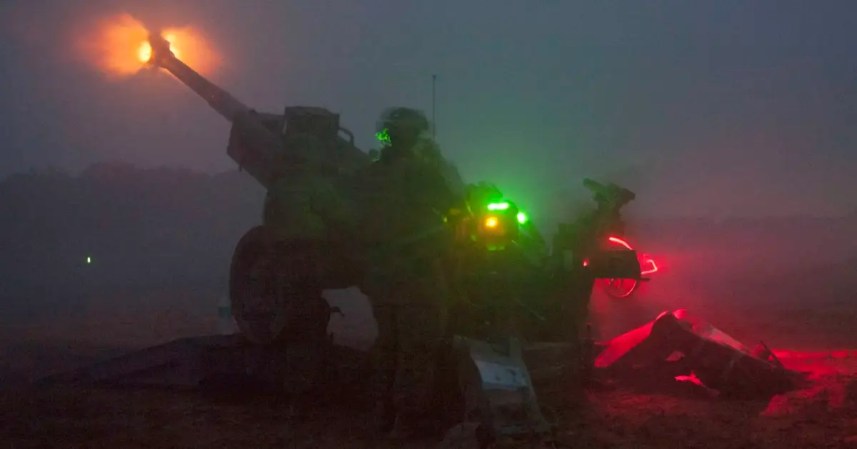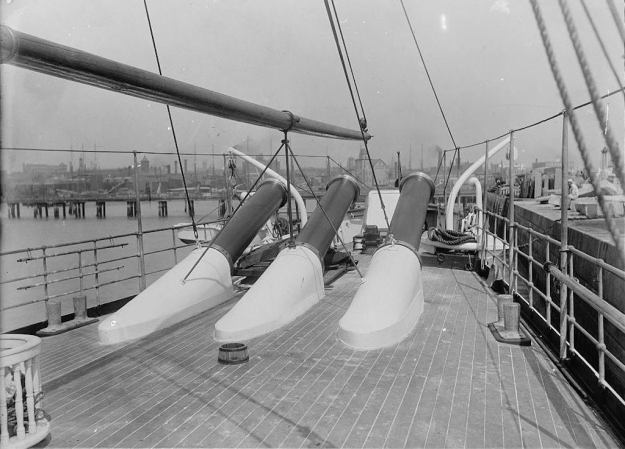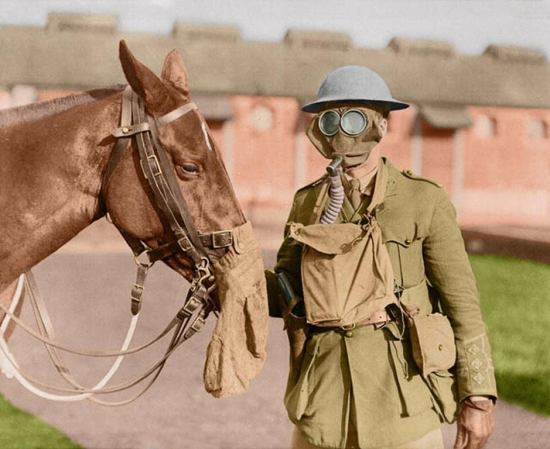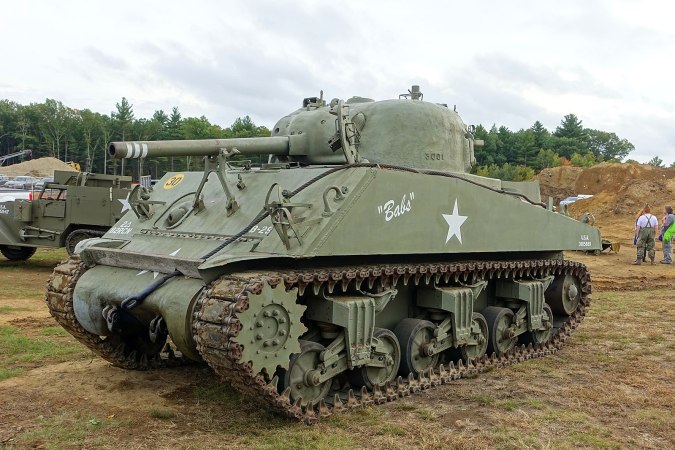Today’s artillery can really reach out and touch someone. The M777 lightweight 155mm howitzer, for instance, can hit targets over 18.5 miles away. That howitzer has a crew of seven, and the rounds it fires vary widely from high-explosive rounds to smoke, and some of these rounds can be guided by either a laser seeker or GPS. There was even a shell called the W48, a nuke that delivered the equivalent of 72 tons of TNT onto a target!
Such stuff would be incomprehensible to soldiers firing the most common cannon of the Civil War, the 12-pounder Model 1857 Napoleon. This cannon had a crew of seven (although this could be adjusted), and it could reach out to about a mile. Doesn’t sound like much, does it?

Still, in some ways, the crews’ duties haven’t changed over the years. Some people have to load the cannon, others have to prep it for firing. This 2011 Marine Corps story describes the nine-step process of firing the M777.

Also read: This Civil War vet walked around with a bullet in his face for 31 years
The process for firing a Model 1857 Napoleon is not much different. According to a National Park Service publication outlining the process for demonstrations, the selected round is loaded, and the crews prep the gun for firing. The big difference is the fact that the Civil War cannon usually needs to be swabbed, largely because it is muzzle-loaded. This was to prevent a spark from prematurely igniting the cannon’s powder charge.



















